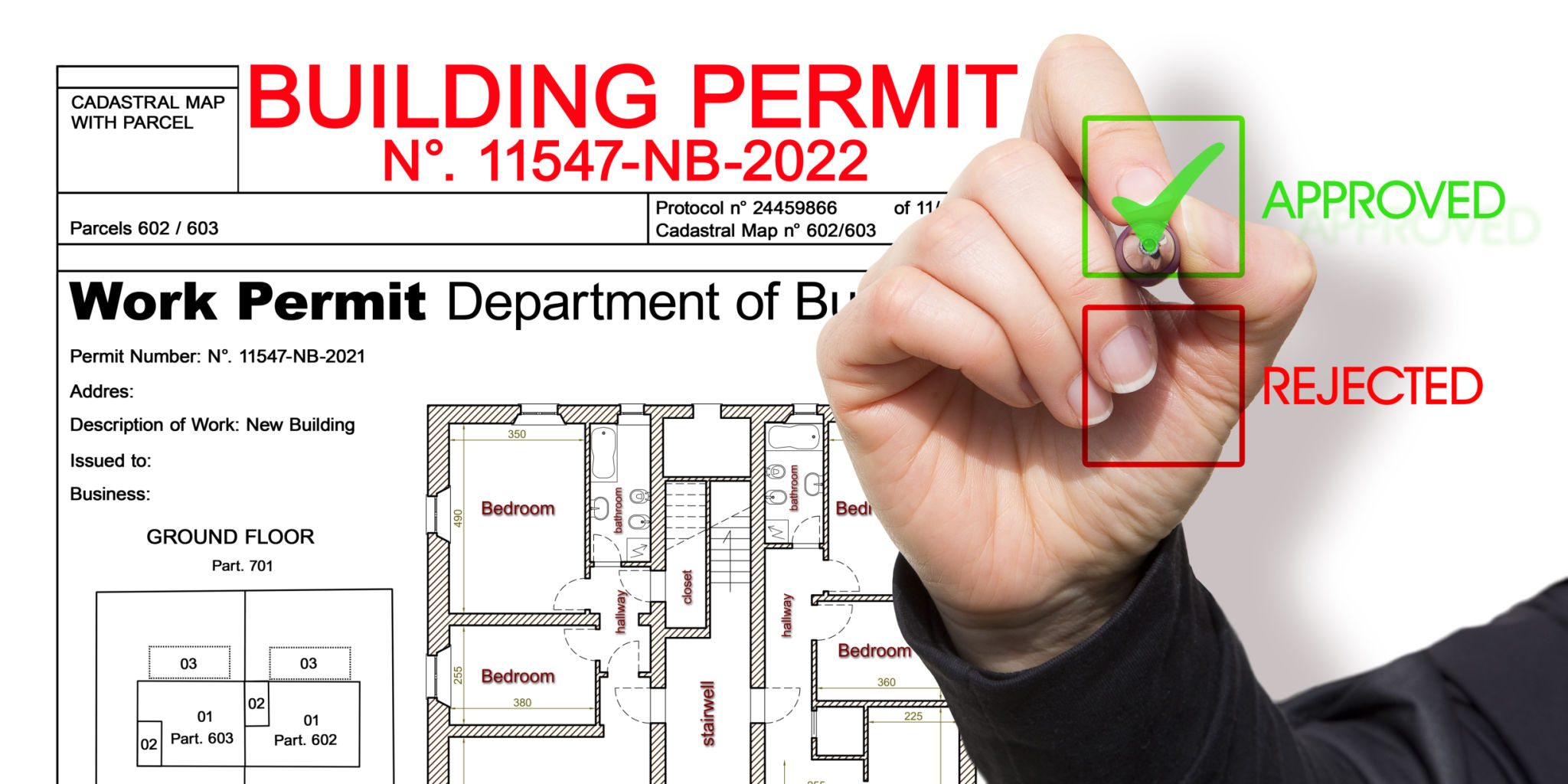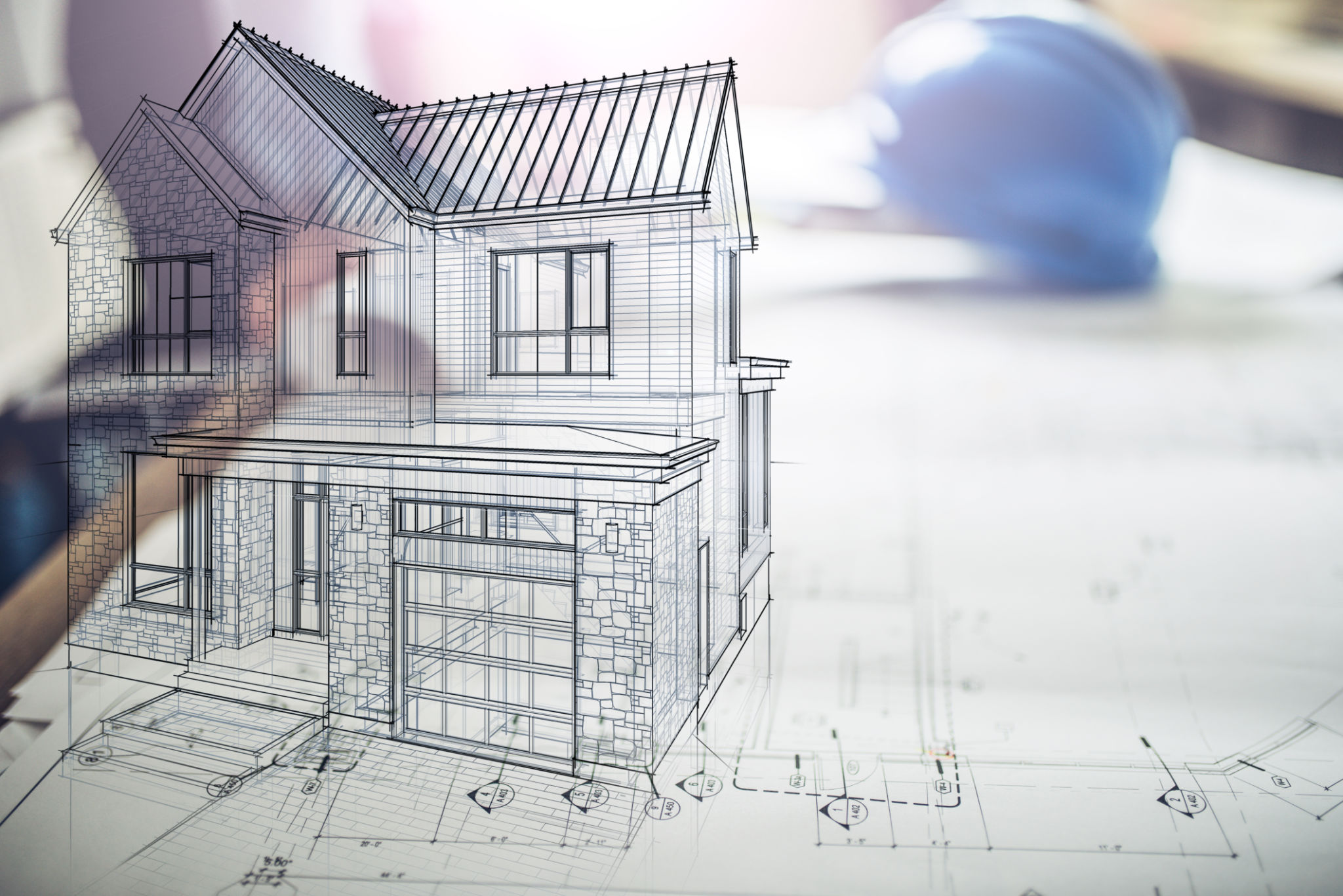Understanding Construction Permits: What Homeowners Need to Know
Introduction to Construction Permits
As a homeowner, embarking on a renovation or building project is both exciting and daunting. One crucial aspect that often confounds many is the need for construction permits. Understanding the intricacies of these permits can streamline your project and ensure everything proceeds without legal hitches.

Why Are Construction Permits Necessary?
Construction permits are essential for a variety of reasons. Primarily, they ensure that your project complies with local building codes, which are implemented to maintain safety standards. Additionally, these permits help in preserving the aesthetic and structural integrity of a neighborhood. Failing to obtain the necessary permits can lead to fines or, in severe cases, the dismantling of unauthorized structures.
Compliance with Local Regulations
Every region has its own building codes and zoning laws tailored to its unique environment and community standards. Adhering to these regulations is not just about avoiding penalties; it's about ensuring your project is safe and sustainable. Before starting your project, check with your local municipal office to understand the specific requirements.
Types of Construction Projects That Require Permits
Not all home improvement projects require permits. However, understanding which ones do can save you both time and money. Generally, major structural changes, electrical work, plumbing modifications, and extensive renovations will necessitate a permit.

Common Projects Needing Permits
- Building a new addition to your home
- Installing or modifying plumbing or electrical systems
- Changing the use of a room (e.g., converting a garage into a living space)
The Permit Application Process
The process for obtaining a construction permit can vary depending on your location and the nature of your project. Generally, you will need to submit detailed plans of your project to the local building department. These plans should include dimensions, materials to be used, and other specifics that demonstrate compliance with local codes.

Steps to Obtain a Permit
- Consult with local authorities to determine necessary permits.
- Prepare and submit detailed project plans and applications.
- Await approval or feedback from the building department.
- Acquire the permit and commence construction.
The Role of Inspections
Once your permit is approved, inspections will be part of the process. These inspections are conducted at various stages of construction to ensure compliance with building codes. Each inspection phase must be completed successfully before moving on to the next stage. This ensures that any potential issues are addressed promptly, maintaining safety and quality throughout the project.
Scheduling Inspections
As you progress through your project, you'll need to schedule inspections at key points, such as after framing or electrical work. Coordinating these inspections is crucial for keeping your project on track. Be proactive in communicating with inspectors to avoid unnecessary delays.
Conclusion: The Importance of Due Diligence
Understanding and obtaining the necessary construction permits is a vital part of any home improvement project. By ensuring compliance with local regulations, you not only avoid potential legal issues but also contribute to the safety and integrity of your home. Taking the time to learn about permits will benefit you in the long run, making your home improvement journey smoother and more rewarding.
